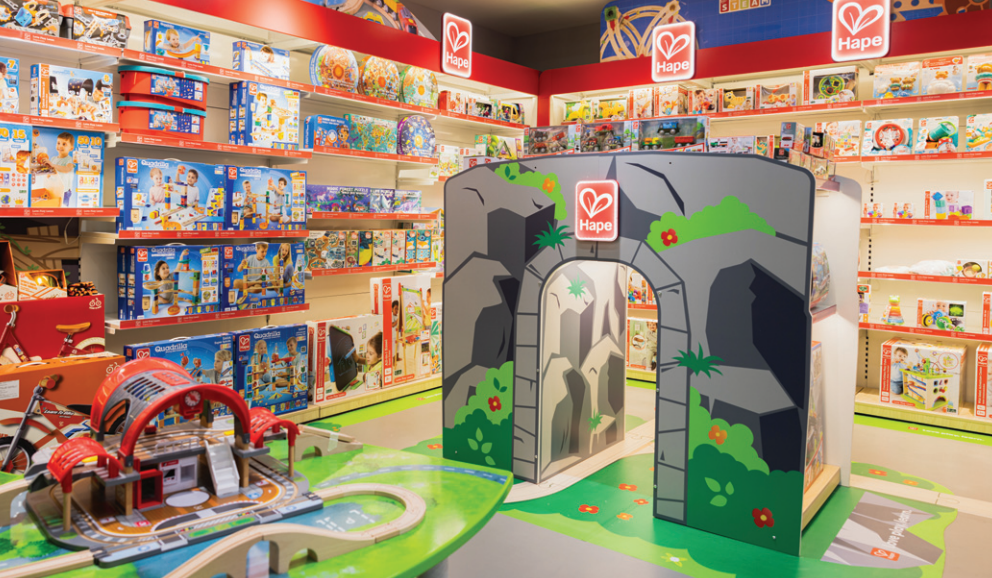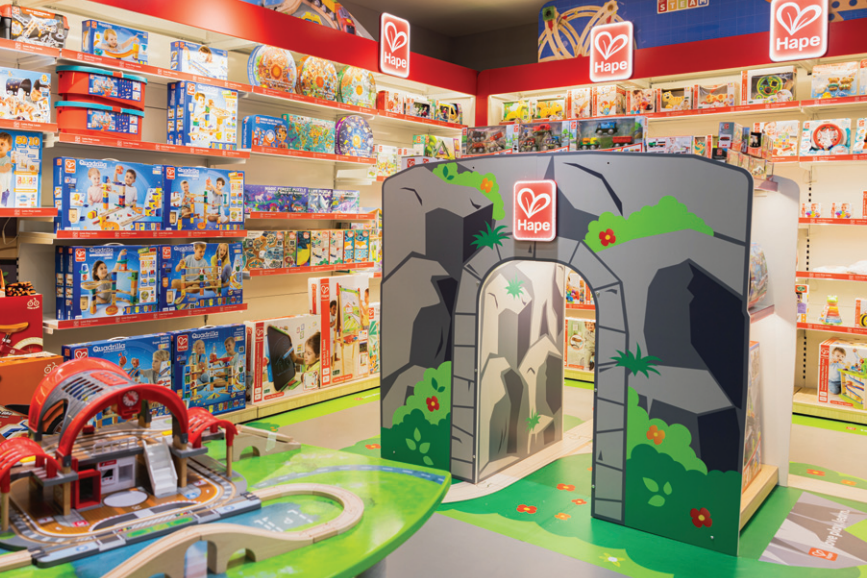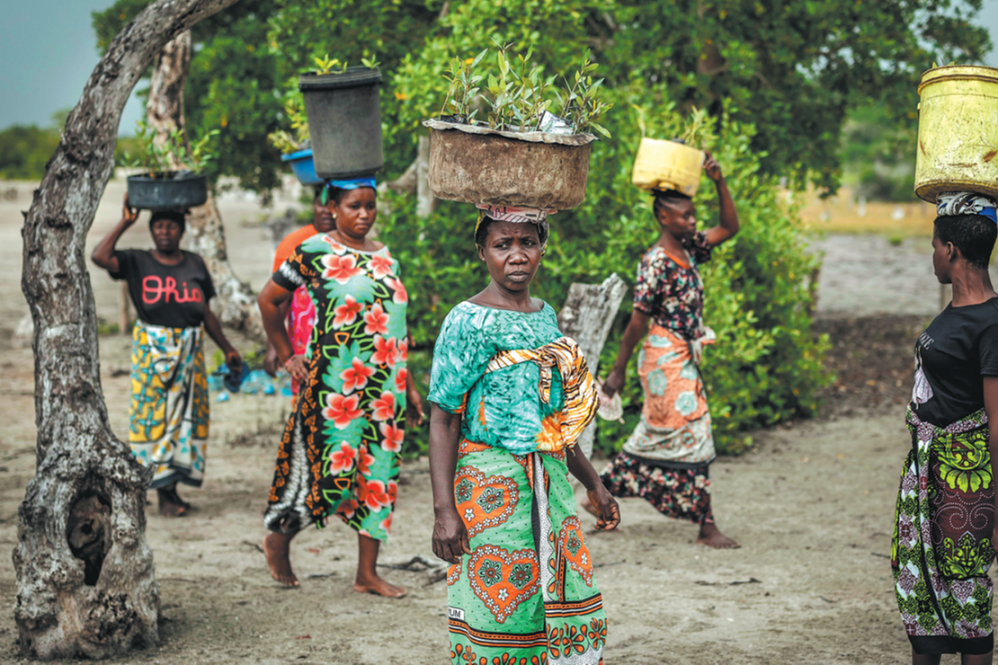Toy business is not a game
EU manufacturers feel US tariff pain but keep faith in China, Zheng Wanyin reports in London.


When United States President Donald Trump said in April that children in the country will maybe have "two dolls instead of 30 dolls" and "the two dolls will cost a couple bucks more than they would normally", several Western media outlets interpreted the remarks as an admission: his tariffs on China could lead to a toy shortage and costlier products for the US and Europe alike.
China has long been the world's largest toy producer and exporter, and a tariff war with such a manufacturing powerhouse has undoubtedly also hit European toy makers, many of whom have production facilities in, as well as a substantial sales revenue from, China.
European companies that outsource manufacturing to China and export to the US bear the brunt of the knock-on effects, facing declining demand from US buyers. Even those toymakers that do not sell directly to the US may end up shouldering part of the losses borne by Chinese manufacturers as they struggle with fewer orders.
However, companies found that shifting factories away from China is not child's play.
John Baulch, publisher and managing director of United Kingdom trade publication Toy World Magazine, picked out three key advantages that give China an edge over alternative locations for European toymakers: capacity, infrastructure and expertise, a combination that, currently, "no other country in the world has got".
"China has an established network of factories, a huge choice of factories," he said. "So the capacity there is huge.
"Then you look at the logistics infrastructure within those countries. Other countries will have factories, but do they have road connections from the factories to the ports? Do the ports have capacity? Are they on the shipping route with the same volume of ships that China has?"
Liang Mei, president of the China Toy and Juvenile Products Association, a nonprofit trade association with more than 5,000 registered members, added that the toy industry in China is highly clustered, with major hubs in southern Guangdong and eastern Jiangsu and Zhejiang provinces boasting complete industrial chains that offer everything needed for production in one place.
What China has built is an "all-around infrastructure" that allows it to produce large volumes of goods within the required turnaround time for Europe, Baulch said, a result of a long-term effort, one that other hubs are catching up with, but are still a "long, long way behind".

































